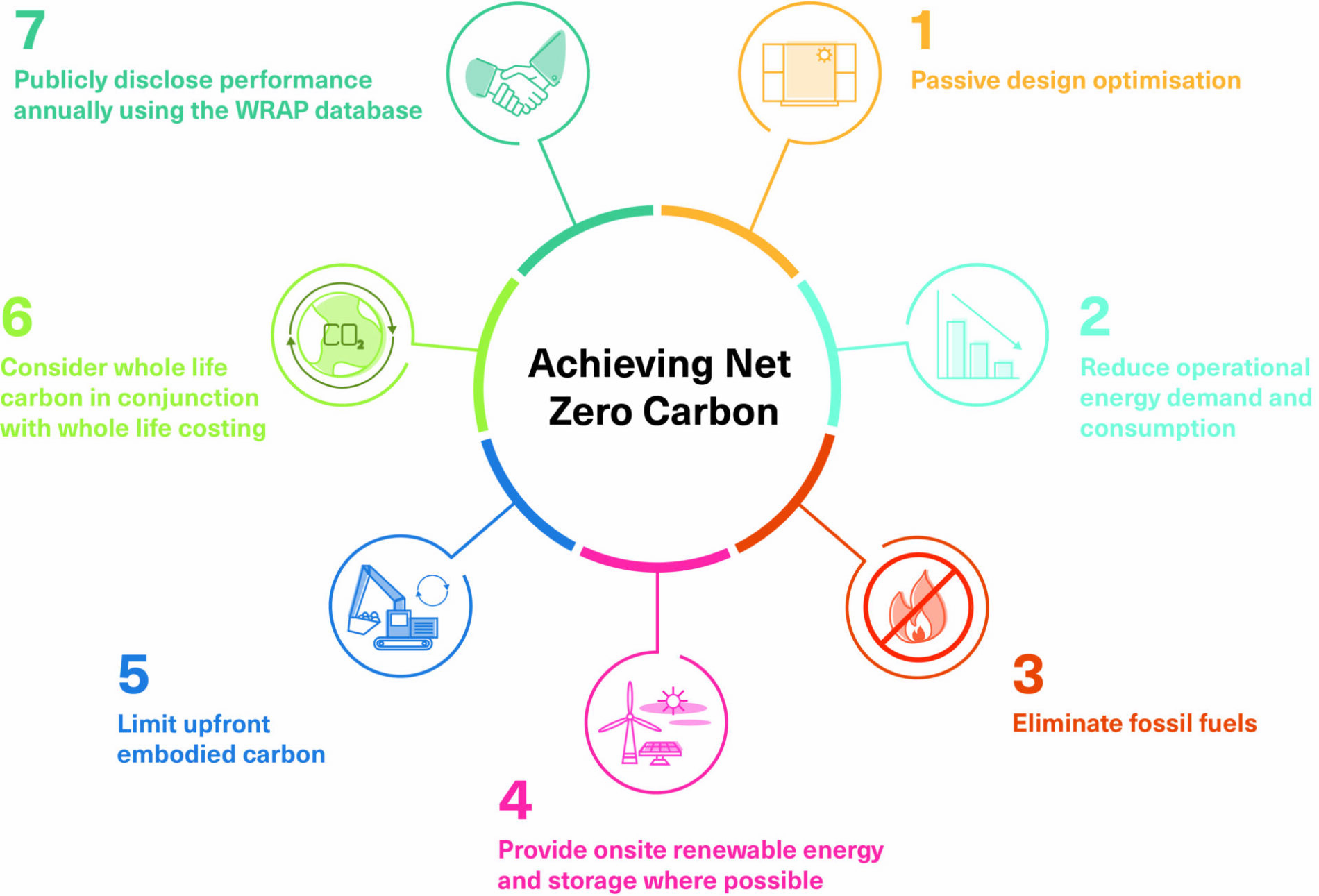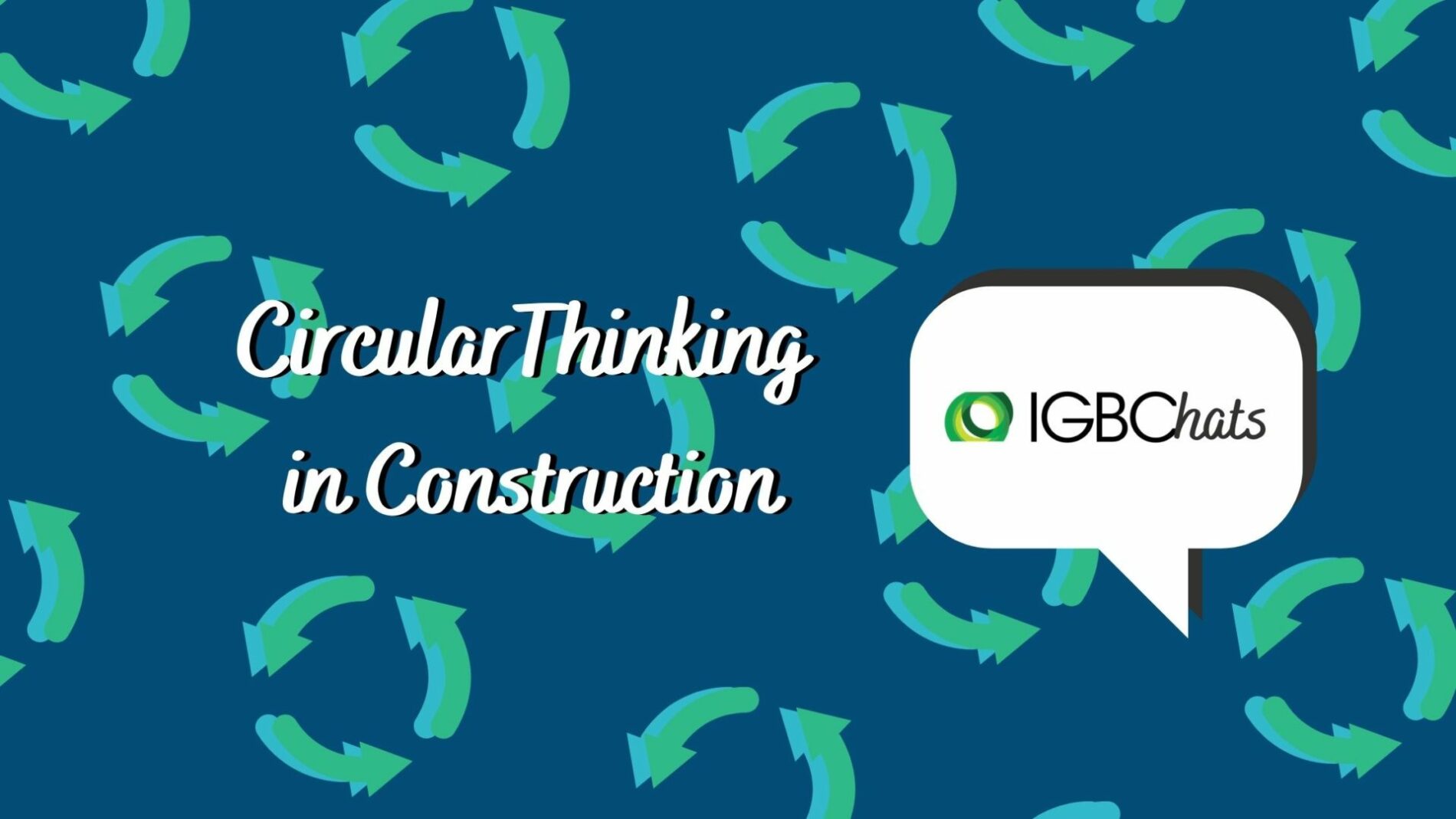
By Alan Fogarty (Cundall)
The proposed amendment to the Climate Action and Low Carbon Development, will set a demanding trajectory for Ireland in order to achieve net zero carbon emissions by 2050. When considering this, it’s important to remember that zero carbon does not mean zero energy, so it is inevitable that a net zero carbon building will consume energy, unless you live in a cave.
The replacement of fossil fuel with renewable energy to power the grid is a difficult but essential component of the Zero Carbon strategy, however, it is only part of it. Those of us in the built environment must recognise that we cannot truly achieve net zero as an industry unless the buildings we design, operate at the minimum energy intensity as well. But what does this mean and how do we achieve it?
In my opinion, a net zero carbon building should consume no more energy than is required to keep the occupants healthy and comfortable, without compromising the operation of the building. Since we have been ‘optimising’ buildings’ energy efficiency for years, you would expect that they already perform at their optimum energy intensity. However, the problem is that as an industry, we don’t typically know how they perform and indeed, we rarely even bother to even check.
The first step is to set a clear target that focuses designers on the issues. The current Part L calculations are woefully inadequate in terms of predicting energy consumption because this was never their purpose. For the same reason, BREEAM Certification has underperformed in this area. In my opinion, we would be better as an industry to adopt the successful Australia NABERS energy rating system. A NABERS 6-star rating targets very low levels of energy intensity and equates to over 70% less energy consumption compared to a current equivalent best practice building.
It is important to remember that there is no silver bullet when it comes to achieving net zero, just incremental improvements. To achieve these low energy intensity levels, we need to consider a wide range of issues including, low levels of glazing, PassivHaus envelope, natural ventilation, flexible internal temperatures, heat scavenging, and heat pumps, among other considerations. Using the NABERS methodology allows the benefits of each of these measures to be realistically assessed, so that the available budget can be focused where the greatest carbon reduction might be achieved.
Embodied carbon is a challenge, and a range of targets are being proposed for different timelines, some of which are not achievable. There is a current a growing trend towards the use of timber as a low-carbon alternative building material. Timber is a fantastic material for construction, not least for its biophilic benefits, and while it comes with many challenges (cost, fire retardancy, acoustics etc), these can all be overcome.
There is a long way to go to achieve our ambitions and reach a zero carbon future for Ireland’s built environment. The challenges in achieving this goal are vast and should not be underestimated, but this doesn’t mean net zero carbon buildings are an impossible challenge. It is comforting to know that engineers/designers, all over the globe, are working to find solutions for this problem, and that through innovation and evidence-based design, as well as industry collaboration, significant progress toward our net zero carbon future is just around the corner.
Heads up from IGBC:
Do you want to know more about Zero Carbon Building? Discover this section of the learning hub or sign up for our Advancing Net Zero mail course, delivered in four easy-to-read emails.
The IGBC is also inviting Irish cities and companies to show leadership and to join the Net Zero Carbon Buildings Commitment. The NZchallenges businesses and cities to reach net zero operating emissions in their portfolios by 2030, and to advocate for all buildings to be net zero carbon in operation by 2050. Read more here.
If you want to know more about NABERS and how it was introduced in UK, watch Green Room 2021.
Alan Fogarty is a Partner in Cundall and heads up their specialist environmental building physics group. He is a Chartered Building Services Engineer who has specialised in passive building design and low carbon systems. He led the implementation of the WELL Building Standard for Cundall’s London office fit-out, the first certified WELL project in Europe and offers health and wellbeing consultancy to clients on multiple projects. He also contributed to the WELL enabled fit-out of our new office in Dublin which is located on Stephens Green. He is a registered BREEAM Assessor, BREEAM AP and SKA Assessor.
Cundall currently operates in Ireland with offices in Dublin and Belfast and UK, Australia, Asia, MENA, and Europe. The company have taken their knowledge and award-winning engineering expertise to each of these markets and tailored it to suit individual local needs. With over 900 staff across the globe offering a full range of integrated engineering services, Cundall is big enough to be able to provide a highly focused and dedicated team on their clients’ projects, but still at a size where their core values can be effectively applied. Cundall signed up for the Net Zero Carbon Commitment.


